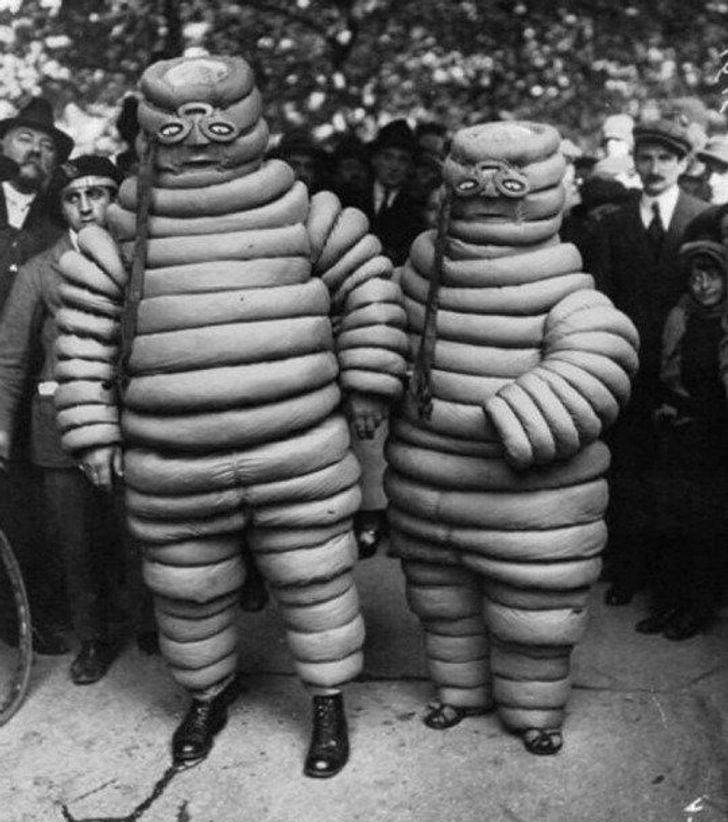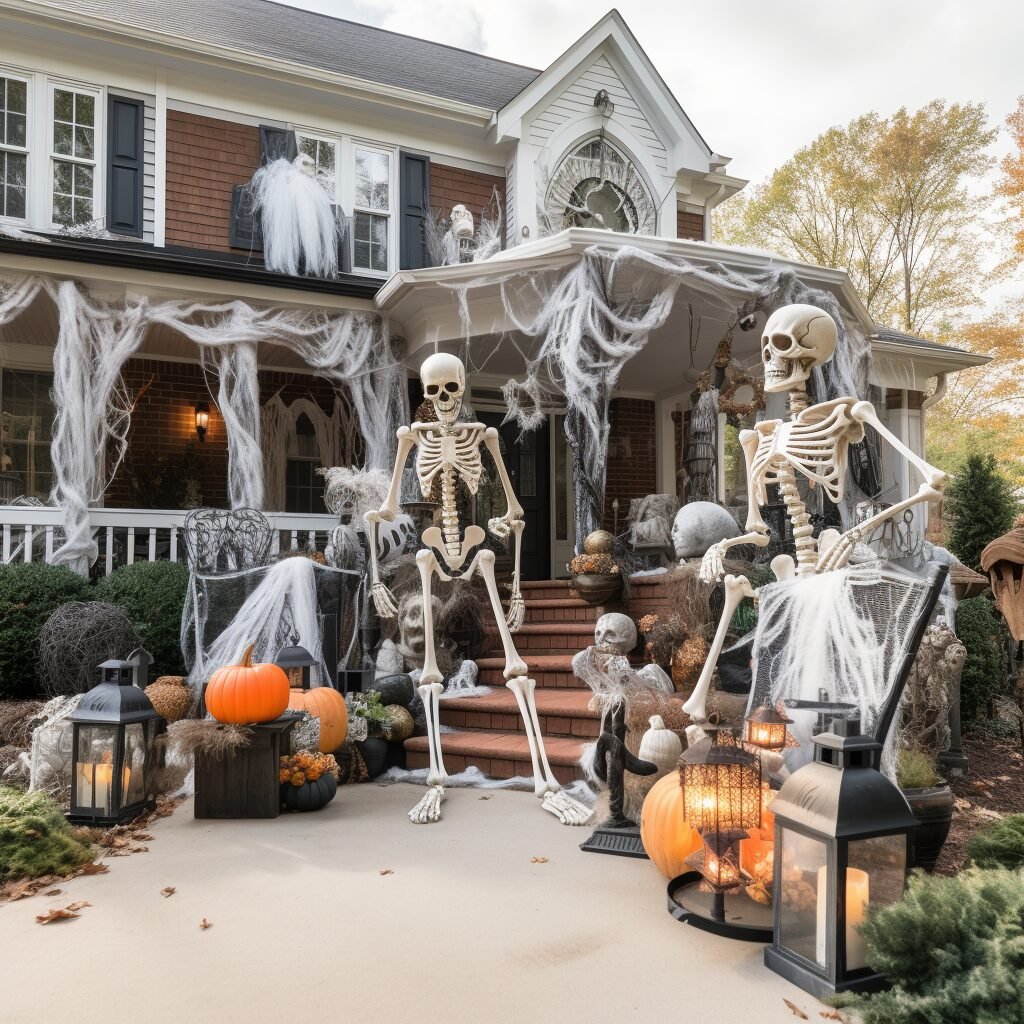History: Halloween
By Robert Matsumura, Contributing Writer
Each autumn as October draws near, neighborhoods transform. Pumpkins leer from porches, skeletons and monsters festoon front yards, and children eagerly anticipate the thrill of trick-or-treating and the hoard of candy they will amass. But where did this creepy spectacle we call Halloween originate?

The answer to this stretches back over two thousand years to the ancient Celtic festival of Samhain (pronounced sow-in). Celebrated on October 31st, Samhain marked the close of summer and the commencement of winter — a dark, cold, time associated with death in Celtic tradition. On the night before Samhain, the Celts believed the boundary between the living and the dead grew thin, permitting spirits to roam freely across the earth. To ward off these visitors from the other side, people built bonfires and donned costumes fashioned from the heads and hides of animals.
Later, as the Roman Empire gained dominion over much of Europe, their festivals of Feralia (commemorating the passing of the dead) and Pomona (honoring the goddess of fruits and trees) merged with Samhain. This cultural fusion brought apple bobbing into the festivities. Pomona, the goddess of orchard fruits, was often depicted bearing apples, a symbol of the harvest and abundance. Incorporating apples into the holiday is a nod to Pomona’s influence — still seen today in bobbing for apples and the tradition of candy apples. As the centuries passed, celebrating the harvest and honoring the dead were integrated into Halloween traditions, blending Roman and the older Celtic customs together as something new.

Fast forward to the 8th century when Pope Gregory III declared November 1 as All Saints’ Day or All Hallows’ Day, to honor saints and martyrs. These new holidays were part of a broader strategy by the Christian church to replace pagan festivals with Christian ones. As time passed, the night before October 31, became All Hallows’ Eve — morphing eventually into Halloween. It was during this period that traditions like souling and guising emerged, where the poor went door to door requesting soul cakes in exchange for their prayers on behalf of the dead. It was this tradition that evolved into what we know today as trick-or-treating.
The jack-o’-lantern, one of the most iconic symbols of Halloween, has its own fascinating origin. The tradition of carving faces into vegetables predates Halloween and originates from ancient Irish folklore. According to the story, a man named Stingy Jack attempted to trick the Devil and was condemned to roam the earth with only a lantern fashioned from a carved-out turnip to light his way. In Ireland turnips were used for this purpose during Halloween festivities, but upon reaching the New World, Irish immigrants discovered that pumpkins, native to their new home, were larger and easier to carve. This practical switch gave rise to the now-familiar jack-o’-lantern, a central feature of Halloween décor to this day.

Halloween continued to evolve in the New World. In colonial America, European traditions integrated with indigenous harvest festivals creating new customs. While many American colonists celebrated Halloween with activities such as fortune-telling, dancing and communal gatherings, the Puritans, due to their strict religious views, frowned upon Halloween festivities, deeming them to be pagan and irrelevant. Despite puritanical naysayers, the 19th century saw Halloween expand into a community-centered event with activities like parades, parties and mischief-making. Halloween also grew to be accepted by schools, churches and civic groups which began holding those same parties, parades and other festivities. As Halloween became a family-friendly event, much of the raucous mischief-making of the past began to diminish.
By the early 20th century, Halloween was celebrated from coast to coast as a national holiday. In the decades following World War II, Halloween traditions were firmly entrenched with costumes, trick-or-treating and spooky decorations taking center stage. Instead of the laborious handsewn costumes of the past, factories now mass-produced inexpensive costumes that made dressing up for Halloween a snap. As Halloween became increasingly commercialized, themed parties, haunted houses and an expanding array of Halloween-themed merchandise became the norm.

Today, Halloween’s popularity has only burgeoned. Contemporary trends run the gamut from spooky movie marathons and elaborate haunted attractions, to viral social media challenges and interactive experiences. Year-round Halloween shops exist to satiate your spooky urges. Halloween has even expanded the ghostly season to stretch beyond October 31, with Halloween promotions and events commencing as early as September. So commercially successful is Halloween from a business standpoint that it stands second only to Christmas in terms of revenue generated — a testament to its enduring appeal across generations.
As the air grows chill and the trees turn red and gold, remember that Halloween is more than just candy, costumes and jack-o’-lanterns. It’s a tapestry woven from ancient rituals, Christian traditions and the spiritual beliefs of numerous cultures spanning centuries. It’s a time to embrace the spooky, celebrate community and be on the lookout for spirits that may stalk the earth at this sacred time of year.
So as you don your costume and select a pumpkin for carving, take a moment to ponder the ancient roots of this beloved holiday. Whether you’re young or simply young at heart, Halloween is an invitation to revel in the mystery of the unknown, celebrate the cycle of life and death, and to maybe even bob for an apple or two. And as the last light fades on All Hallows’ Eve, the timeless allure of things that go bump in the night is sure to embrace you once more.

https://t.me/Top_BestCasino/165